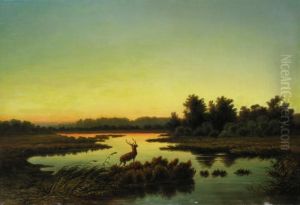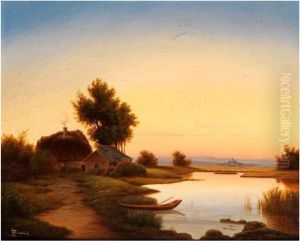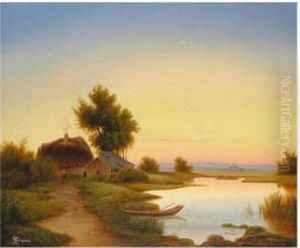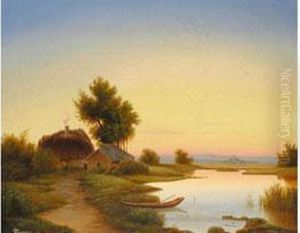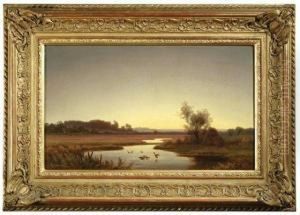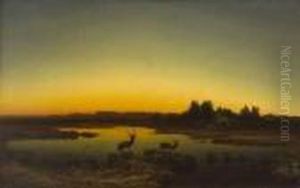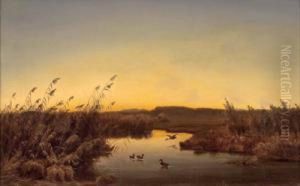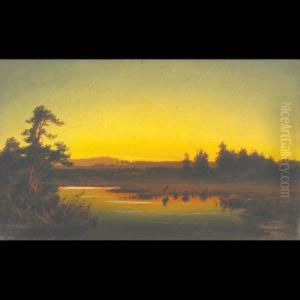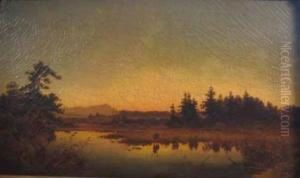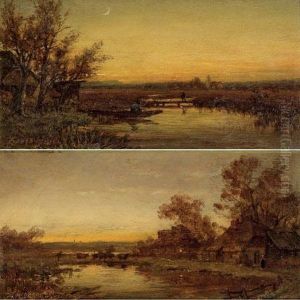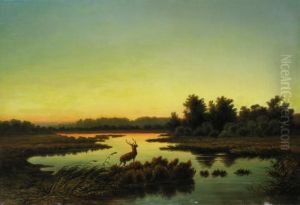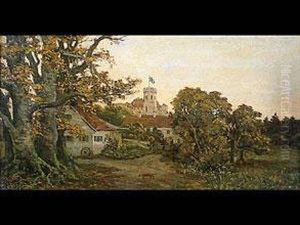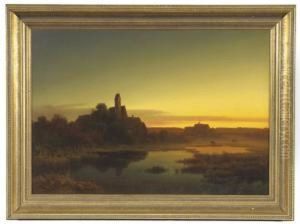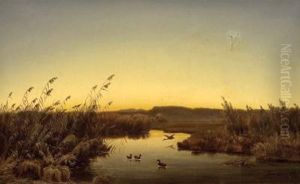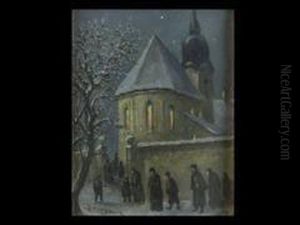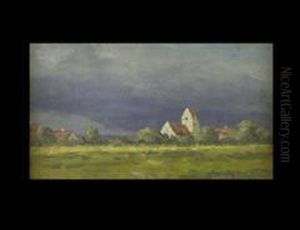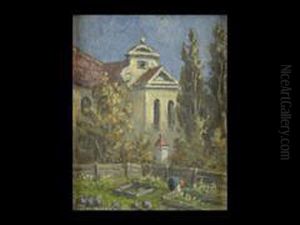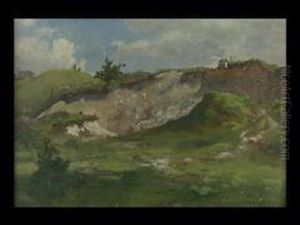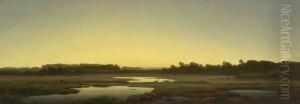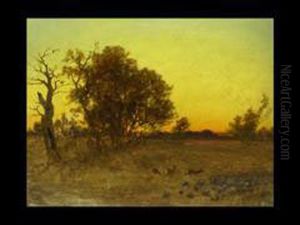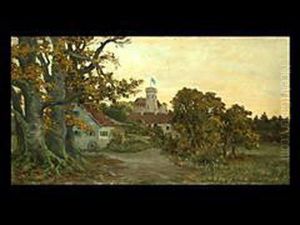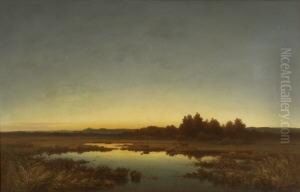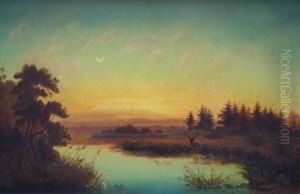Anton Zwengauer Paintings
Anton Zwengauer was a 19th-century German landscape painter, born on October 5, 1810, in Munich, Germany. He was a part of the Romantic movement, which emphasized emotion and individualism as well as glorification of all the past and nature. Zwengauer began his artistic training at the Royal Academy of Fine Arts in Munich, where he was influenced by the works of other German Romantic painters such as Caspar David Friedrich.
Zwengauer's landscapes are characterized by their meticulous detail, vibrant colors, and the evocation of mood through natural phenomena. He was particularly known for his portrayal of the Bavarian Alps and its surroundings, capturing the shifting moods of nature in his works. His landscapes often depicted the transitional times of day, such as dawn and dusk, which allowed him to explore the dramatic lighting and atmospheric effects that became hallmarks of his paintings.
During his lifetime, Zwengauer's works were well-received, and he was a respected figure in the Munich art scene. His paintings were exhibited in various art galleries across Germany and also found an audience outside of his home country. Despite his success, Zwengauer remained a relatively private individual, and not much is known about his personal life beyond his artistic career.
Zwengauer continued to paint and exhibit his work throughout his life. His contribution to German landscape painting has been recognized posthumously, and his works can be found in several art collections and museums in Germany. Anton Zwengauer passed away on October 25, 1884, in Munich, leaving behind a legacy of work that continues to be appreciated for its romantic portrayal of the natural world.
